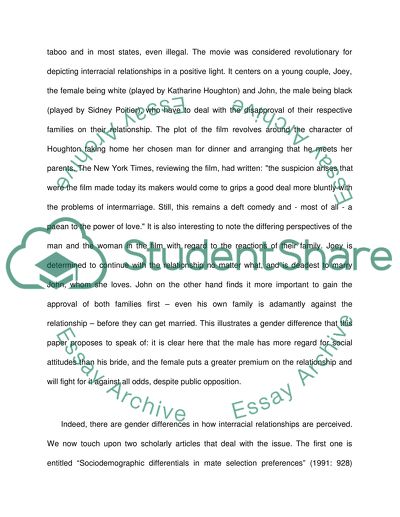Cite this document
(“The effects of gender attitudes towards interracial marriages Guess Research Paper”, n.d.)
The effects of gender attitudes towards interracial marriages Guess Research Paper. Retrieved from https://studentshare.org/sociology/1437628-the-effects-of-gender-attitudes-towards
The effects of gender attitudes towards interracial marriages Guess Research Paper. Retrieved from https://studentshare.org/sociology/1437628-the-effects-of-gender-attitudes-towards
(The Effects of Gender Attitudes towards Interracial Marriages Guess Research Paper)
The Effects of Gender Attitudes towards Interracial Marriages Guess Research Paper. https://studentshare.org/sociology/1437628-the-effects-of-gender-attitudes-towards.
The Effects of Gender Attitudes towards Interracial Marriages Guess Research Paper. https://studentshare.org/sociology/1437628-the-effects-of-gender-attitudes-towards.
“The Effects of Gender Attitudes towards Interracial Marriages Guess Research Paper”, n.d. https://studentshare.org/sociology/1437628-the-effects-of-gender-attitudes-towards.


